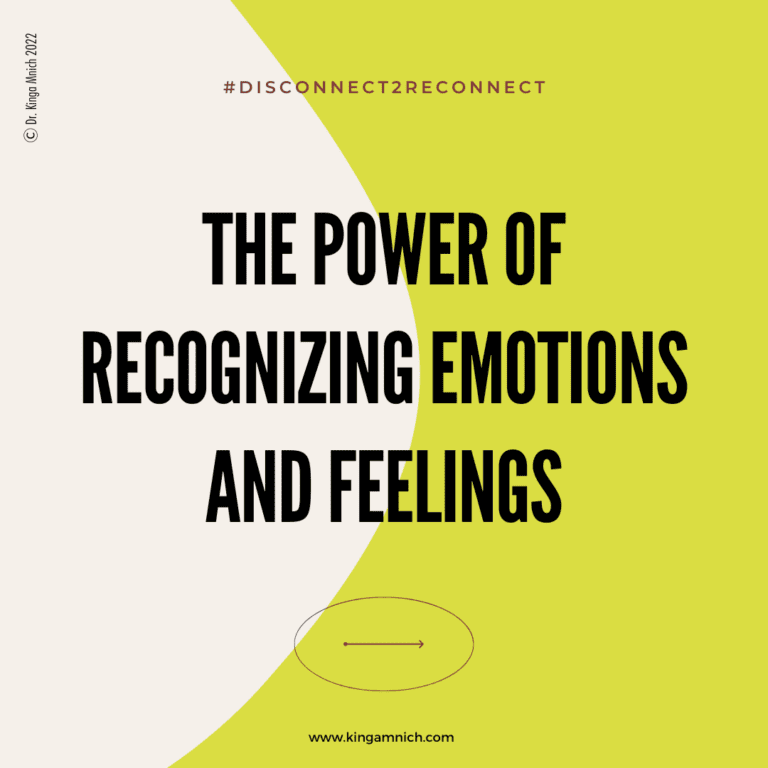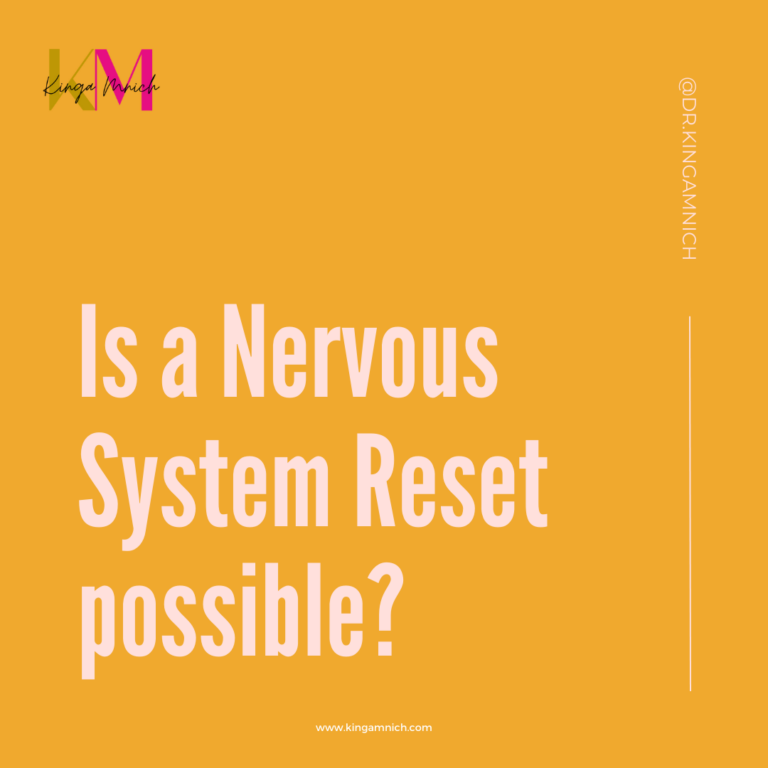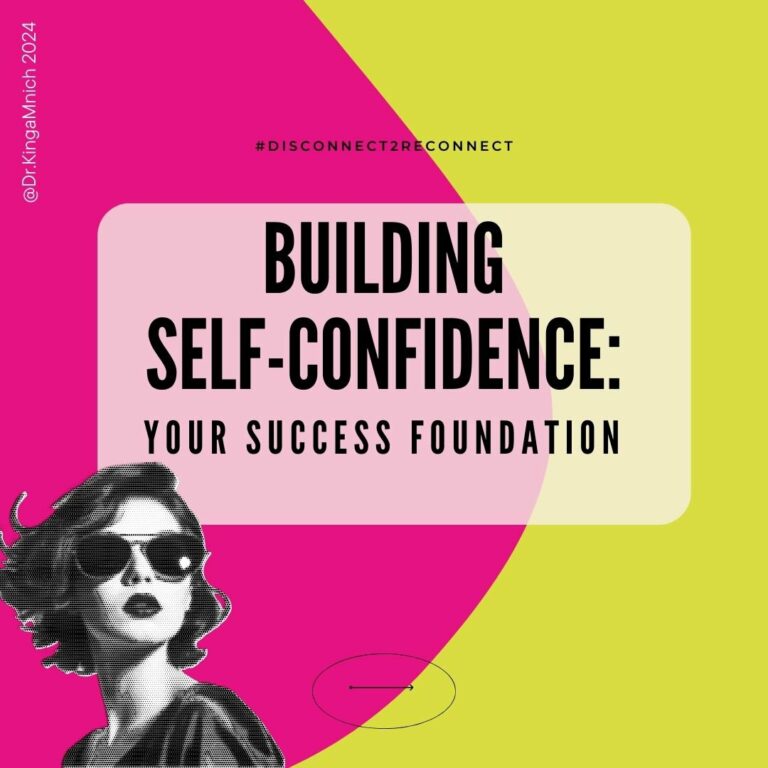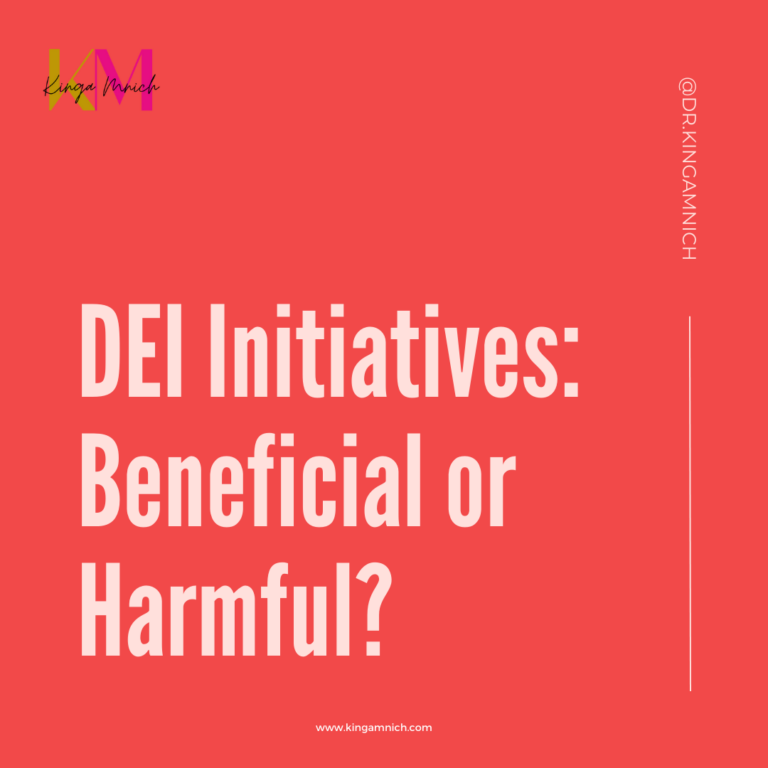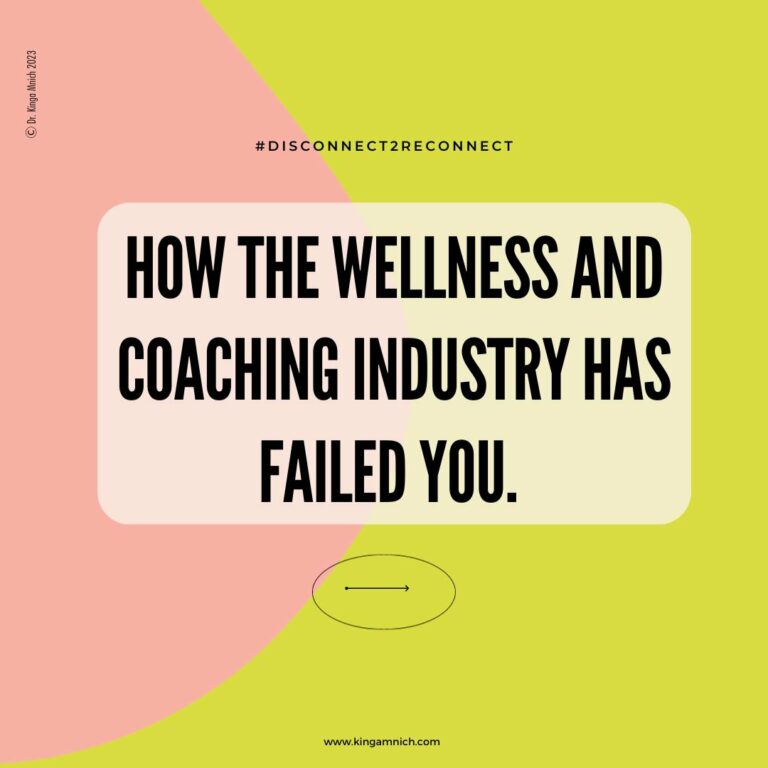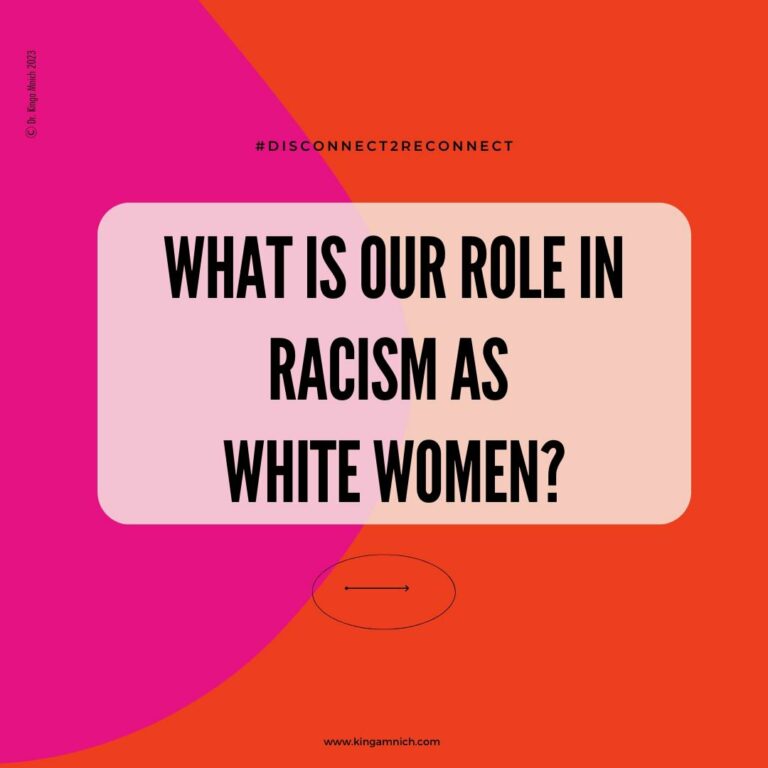Why Saying No is Important for a Sustainable Life and Business
Everyone’s focused on saying yes these days. We hear it all the time: Say yes to new opportunities! It’s a great slogan if yourre afraid of trying new things or if you have trouble putting yourself out there. But if you’re already an opportunity seeker, a motto like this might cause burnout faster than you can say, sustainability makes my life possible. We live in a world full of opportunities, and there’s not enough time to say yes to everything! (No matter how much we think we should.)
Saying no should come easily and shouldn’t make us feel awkward or uncomfortable. It also shouldn’t be experienced by others as rejection. Learn to say no with grace and style, and learn to hear no with the same grace and style. Saying no is a two-way experience that should be treated with the utmost respect.

We should be as happy about a “no” as about a “yes”. Think about a time when you said yes when you should have said no. Maybe you didn’t have enough time or resources, so the project suffered. Maybe you said yes because you felt pressured to, but you didn’t actually want to do it. Very often we’re too quick to say yes and too slow to say no, but remember this: it’s always better to receive a no than a half-hearted yes.
When to Say No
When you’re able to say no, you’ve figured out what you DON’T want. Congratulations! You’ve crossed the first hurdle of finding out what you DO want and what you need to achieve it. This deserves respect and appreciation. (This is also one reason we should be saying no more than yes.)
But how do we learn to say no?! First, remind yourself of your priorities regularly. Write them down. Look at them every day. When you are offered an opportunity, consider how (or if) the opportunity fits with your priorities. Second, keep a list of possible polite ways to say no. Use phrases that feel comfortable to you, and be sure you’re being direct. Remember to be respectful toward the other person. It is far better to say no than to say yes when you know that you might not be able to do it.

Here are some examples of ways to respectfully say no:
– “No, thank you”.
– “While that sounds great, I can’t”.
– “Now isn’t a good time”.
– “Nope, not today”.
– “I’m not able to help right now”.
Greg McKeown’s offers in his book Essentialism: The Disciplined Pursuit of Less, multiple ways of saying no in his selection “The No Repertoire”.
Saying no is its own leadership capability. It is not just a peripheral skill. As with any ability, we start with limited experience.
McKeown offers us 8 possible ways of saying NO:
1. The awkward pause.
Instead of being controlled by the threat of awkward silence, own it. Use it as a tool. When a request comes to you (obviously this works only in person), just pause for a moment. Count to three before delivering your verdict. Or if you get a bit bolder, simply wait for the other person to fill the void.
2. The soft no (or the “no, but”).
I recently received an e-mail inviting me to coffee. I replied: “I am consumed with writing my book right now 🙂 But I would love to get together once the book is finished. Let me know if we can get together towards the end of the summer”.
E-mail is also a good way to start practicing saying “no but” because it gives you the chance to draft and redraft your “no” to make it as graceful as possible. Plus, many people find that the distance of e-mail reduces the fear of awkwardness.
3. “Let me check my calendar and get back to you.”
One leader I know found her time being hijacked by other people all day. A classic Nonessentialist, she was capable and smart and unable to say no, and as a result, she soon became a “go-to” person. People would run up to her and say, “Could you help with X project?” Meaning to be a good citizen, she said yes. But soon she felt burdened with all of these different agendas. Things changed for her when she learned to use a new phrase: “Let me check my calendar and get back to you”. It gave her the time to pause and reflect and ultimately reply that she was regretfully unavailable. It enabled her to take back control of her own decisions rather than be rushed into a “yes” when she was asked.
4. Use e-mail bouncebacks.
It is totally natural and expected to get an autoresponse when someone is traveling or out of the office. Really, this is the most socially acceptable “no” there is. People aren’t saying they don’t want to reply to your e-mail, they’re just saying they can’t get back to you for a period of time. So why limit these to vacations and holidays? When I was writing this book I set an e-mail bounceback with the subject line “In Monk Mode”. The e-mail said: “Dear Friends, I am currently working on a new book which has put enormous burdens on my time. Unfortunately, I am unable to respond in the manner I would like. For this, I apologize. Greg”. And guess what? People seemed to adapt to my temporary absence and nonresponsiveness just fine.
5. Say “Yes”. What should I deprioritize?“
Saying no to a senior leader at work is almost unthinkable, even laughable, for many people. However, when saying yes is going to compromise your ability to make the highest level of contribution to your work, it is also your obligation. In this case, it is not only reasonable to say no, but it is also essential. One effective way to do that is to remind your superiors what you would be neglecting if you said yes and force them to grapple with the trade-off.
For example, if your manager comes to you and asks you to do X, you can respond with “Yes, I’m happy to make this the priority. Which of these other projects should I deprioritize to pay attention to this new project?” Or simply say, “I would want to do a great job, and given my other commitments I wouldn’t be able to do a job I was proud of if I took this on”.
I know a leader who received this response from a subordinate. There was no way he wanted to be responsible for disrupting this productive and organized employee, so he took the nonessential work project back and gave it to someone else who was less organized!
6. Say it with humor.
I recently was asked by a friend to join him in training for a marathon. My response was simple: “Nope!” He laughed a little and said, “Ah, you practice what you preach”. It just goes to show how useful it is to have a reputation as an Essentialist!
7. Use the words “You are welcome to X. I am willing to Y.“
For example, “You are welcome to borrow my car. I am willing to make sure the keys are here for you”. By this, you are also saying, “I won’t be able to drive you”. You are saying what you will not do, but you are couching it in terms of what you are willing to do. This is a particularly good way to navigate a request you would like to support somewhat but cannot throw your full weight behind. I particularly like this construct because it also expresses respect for the other person’s ability to choose, as well as your own. It reminds both parties of the choices they have.
8. I can’t do it, but X might be interested.
It is tempting to think that our help is uniquely invaluable, but often people requesting something don’t really care if we’re the ones who help them” as long as they get the help.
Tom Friel, the former CEO of Heidrick & Struggles, once said, “We need to learn the slow ‘yes’ and the quick ‘no.'”
Essentialism: The Disciplined Pursuit of Less is a great book on how to focus your energy and attention on the right things and achieve more through the disciplined pursuit of focusing instead of generalizing and trying to do everything.
 “
“
